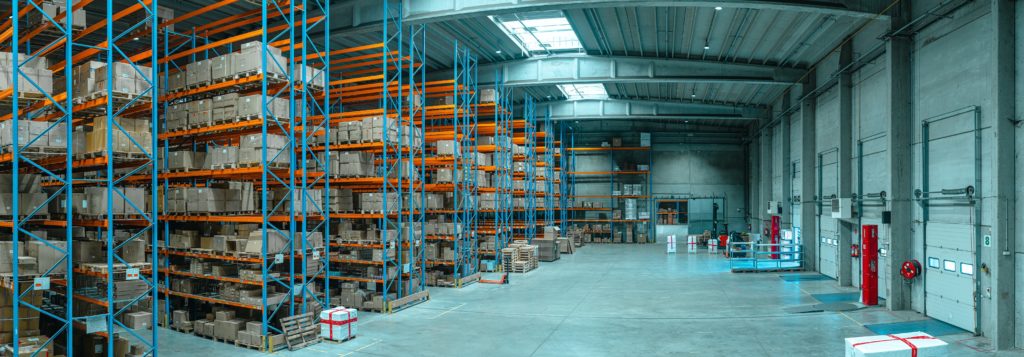New warehouses and infrastructure growth are expected to fuel a rise in construction output by 2.5 per cent for 2022, according to the Construction Product Association’s latest forecast.
The trade body predicts the industrial sector, covering warehouses and factories, to rise by 15 per cent for 2022 and nearly ten per cent for 2023.
Construction Products Association, CPA, economics director Noble Francis said: “Activity continues to be boosted by the strength of online retailing as well as manufacturers’ need for increased stocks given the persistence of supply chain issues over the last two years.”
Infrastructure is also predicted to be a growth driver with output expected to rise by 8.3 per cent this year and 3.8 per cent in 2023. Long-term pipelines of work in regulated sectors such as roads, rail, water and electricity will drive expansion.
Private sector housing faces a slowdown
However, a slowdown in private housebuilding and repairs and maintenance is predicted due to the demise of the government’s help-to-buy scheme in March 2023 affecting mortgage availability.
Rising unemployment, planning challenges, the cost of meeting new building regulations plus an increase in materials and labour costs are forecast to constrain the sector. The CPA predicts private housing output to rise by one per cent this year and remain flat in 2023.
Brokers Hank Zarihs Associates said that it was too early to know if private housebuilding output would slow. The brokerage said development finance lenders were waiting to see how a predicted slowdown in UK house price inflation would affect the market. They were also optimistic that mortgages for buying new homes would continue to be widely available.
But the outlook for the construction industry’s third largest sector – private housing repairs and maintenance – looks bleak.
The CPA is forecasting activity to fall by three per cent this year and four per cent in 2023 due to reduced consumer confidence and disposable incomes. During the pandemic, output reached a record 20 per cent increase as people improved their homes to create more space.
“Private housing repairs maintenance and improvements is the sector most exposed to changes in consumer confidence and real incomes. It is also the sector that is most exposed to materials and products cost inflation, as small contractors are less able to plan and purchase in advance for projects,” said Mr Francis.
The CPA said it expected SMEs to be hit the hardest as consumers tightened their belts and become increasingly reluctant to enter contracts without a commitment to the end price.
HZA said there was a range of finance options such as short-term bridging finance available to help smaller builders deal with fluctuations in material supplies.

